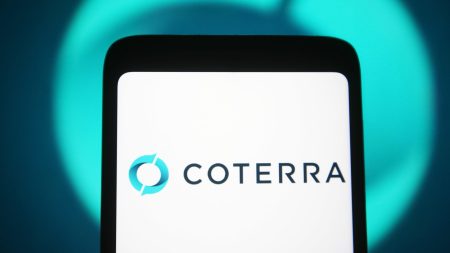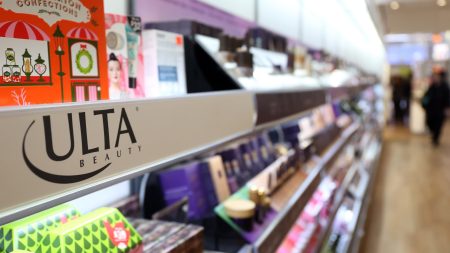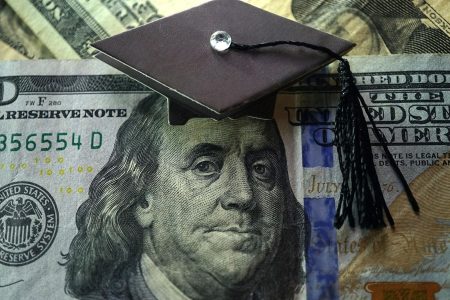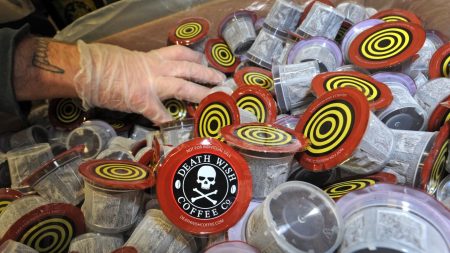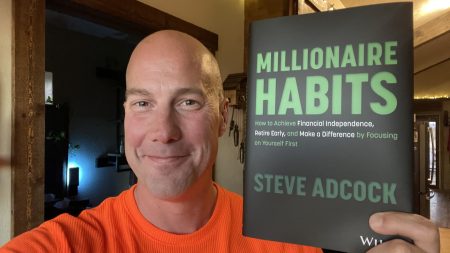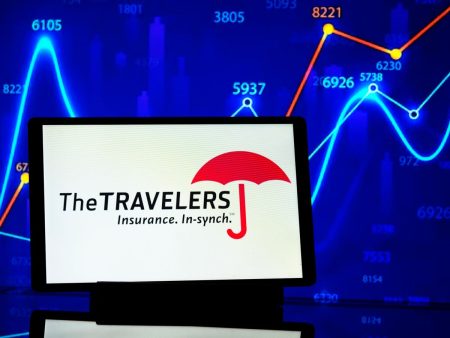On August 8th, Tesla is set to reveal its robotaxi product, according to a social media post by CEO Elon Musk. This project has been highly anticipated and could open up a new revenue stream for the carmaker, especially as investors have become cautious about Tesla’s growth in recent times. Following Musk’s announcement, Tesla’s shares saw a more than 3% increase in extended trading. This news came after reports that plans for Tesla’s low-cost car model had been scrapped, leading Musk to accuse Reuters of spreading false information.
Elon Musk has been talking about the potential of fully autonomous Tesla vehicles for several years. In 2015, he claimed that Tesla cars would achieve “full autonomy” within three years, and by 2016, he said that a Tesla car would be able to successfully complete a cross-country drive without any human intervention. However, despite these promises, Tesla has not yet delivered on its goal of creating a fully autonomous vehicle or a robotaxi service. The company currently offers advanced driver assistance systems like the standard Autopilot option and the premium Full Self-Driving (FSD) option, which comes at a cost of $199 per month or $12,000 upfront in the U.S.
In an effort to boost end-of-quarter sales, Musk recently instructed all Tesla sales and service staff to install and demonstrate the FSD feature to customers before they receive their keys. Musk emphasized that many people are not aware of how well supervised FSD actually works, and although this may cause delays in the delivery process, he made it a mandatory requirement. Despite its name, Tesla’s FSD option still requires a human driver to be present behind the wheel and ready to take control if necessary.
Among Tesla’s competitors in the autonomous vehicle market, Alphabet’s Waymo operates commercial driverless ride-hailing services in several cities including Phoenix, San Francisco, and Los Angeles. Waymo recently established a partnership with Uber, using its robotaxis to deliver food for Uber Eats in Arizona. In China, Didi’s autonomous unit is also operating commercially in cities like Guangzhou. While some companies have faced challenges in this competitive market, others like Wayve in the U.K. and Zoox in the U.S. continue to test and develop their own robotaxi services.
It is important to note that an “unveil” date from Tesla does not necessarily indicate when a new product will be commercially released. For example, Tesla unveiled its fully electric heavy-duty truck, the Semi, back in 2017 but did not begin deliveries until December 2022. This caution is also reflected in other companies’ experiences, such as Apple shutting down its self-driving unit and laying off 600 employees associated with the project. GM’s Cruise service, which previously offered self-driving car services in San Francisco, faced regulatory challenges after an accident, leading to the grounding of its robotaxi fleet and investigations by local and federal authorities.






